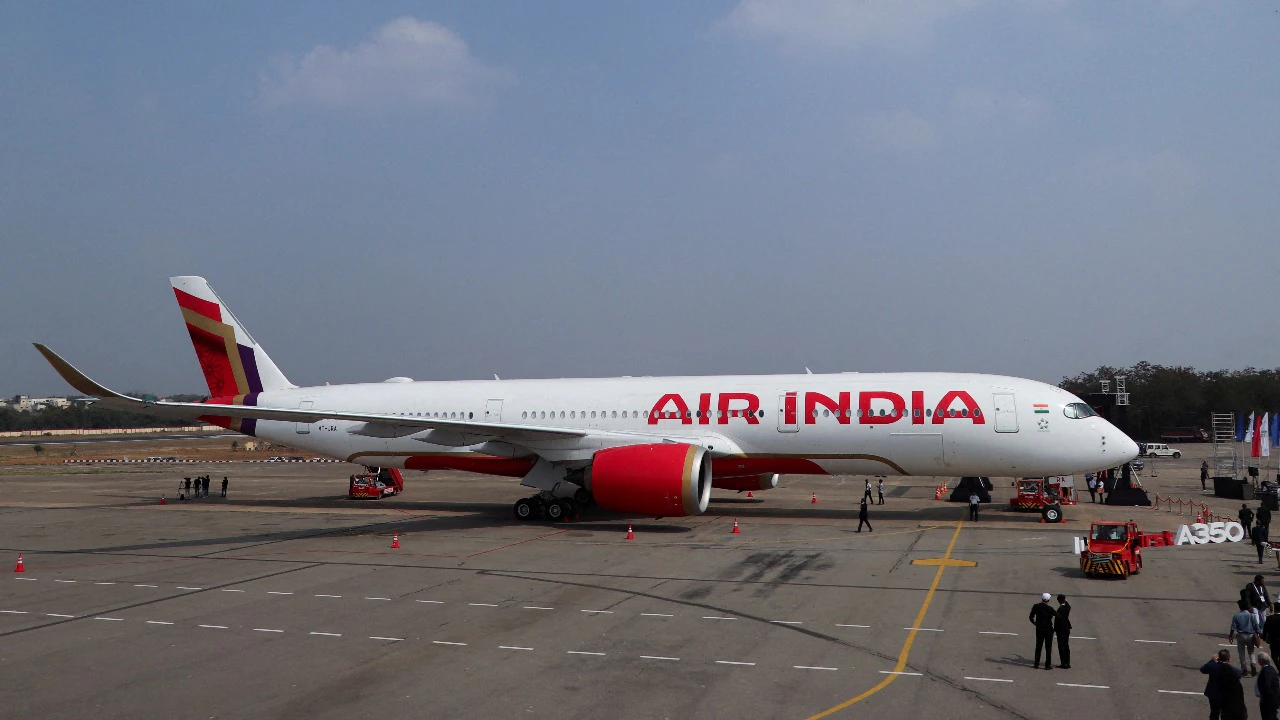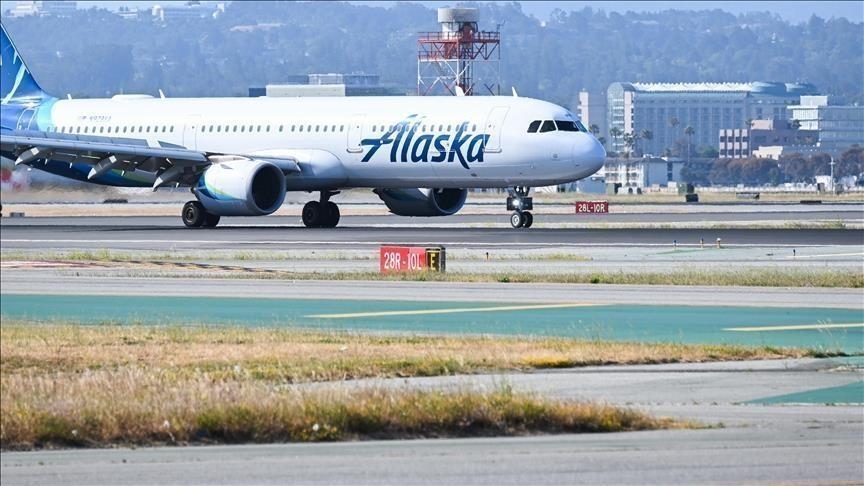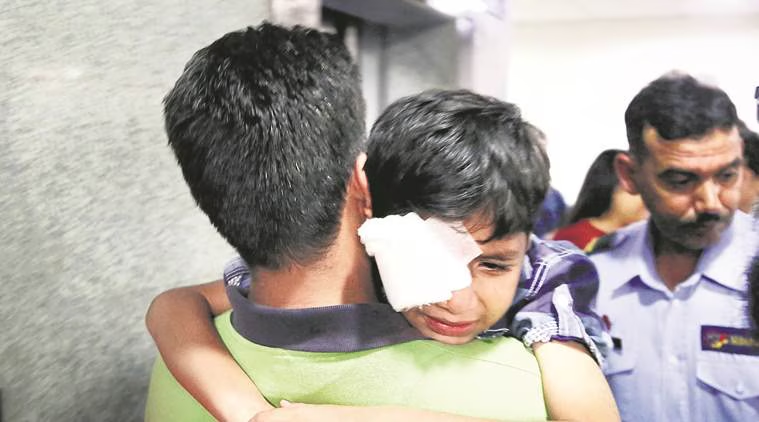Now Reading: Air India Delhi-Bound Flight Catches Fire During Takeoff, Sparks Safety Concerns
-
01
Air India Delhi-Bound Flight Catches Fire During Takeoff, Sparks Safety Concerns
Air India Delhi-Bound Flight Catches Fire During Takeoff, Sparks Safety Concerns

An Air India flight bound for Delhi was forced to abort takeoff after a fire broke out in one of its engines. The incident took place at the airport just moments before Flight AI315 was set to leave, triggering panic among passengers and leading to immediate emergency response. Fortunately, no injuries were reported, but the aircraft has now been grounded and a detailed probe is underway.
What Happened on the Runway
The flight, scheduled to depart for Delhi, was taxiing when smoke was noticed coming from the right engine. Pilots immediately halted the movement and requested emergency services. Videos filmed by passengers showed smoke billowing near the aircraft, prompting fears of a major accident.
Passengers were safely deboarded, and all onboard were escorted to the terminal while fire crews inspected the aircraft. No flames were visible externally, but a technical team later confirmed signs of overheating in the engine unit.
Air India’s Response and Investigation
Air India has acknowledged the incident and said safety protocols were followed strictly. The airline is cooperating with aviation authorities and has launched an internal investigation. The aircraft in question will remain grounded until technical assessments are complete.
Preliminary findings point toward a possible mechanical issue, but a full analysis is awaited. The Directorate General of Civil Aviation (DGCA) has also begun a separate inquiry.
Why These Incidents Raise Questions
This is the latest in a string of technical glitches involving Indian carriers, including previous Air India flights facing mid-air troubles or emergency landings. Aviation experts have repeatedly stressed the need for improved maintenance checks and better coordination between ground staff and crew, especially as aircraft age and flight frequencies increase.
For passengers from Tier 2 cities who depend heavily on affordable and timely air travel for medical, educational, and business purposes, such mishaps cast a shadow of doubt. Smaller airports, often lacking advanced emergency infrastructure, would be even more vulnerable in a similar situation.
Safety vs Speed: A Balancing Act
In the rush to expand fleets and meet growing passenger demand, experts warn that airlines must not compromise on pre-flight inspections or crew training. Aircraft undergoing frequent short-haul and long-haul rotations require more rigorous technical reviews, not less.
Public confidence in aviation safety also takes a hit when videos of such incidents go viral, sparking concern and fear among regular fliers.
Conclusion
Thankfully, a major tragedy was averted this time. But the incident adds to the urgency for tighter safety enforcement and regular audits in the Indian aviation sector. As air travel becomes more accessible, especially in non-metro regions, ensuring aircraft are both reliable and thoroughly inspected must remain a top priority—not just for the airlines, but for regulatory bodies as well.

























